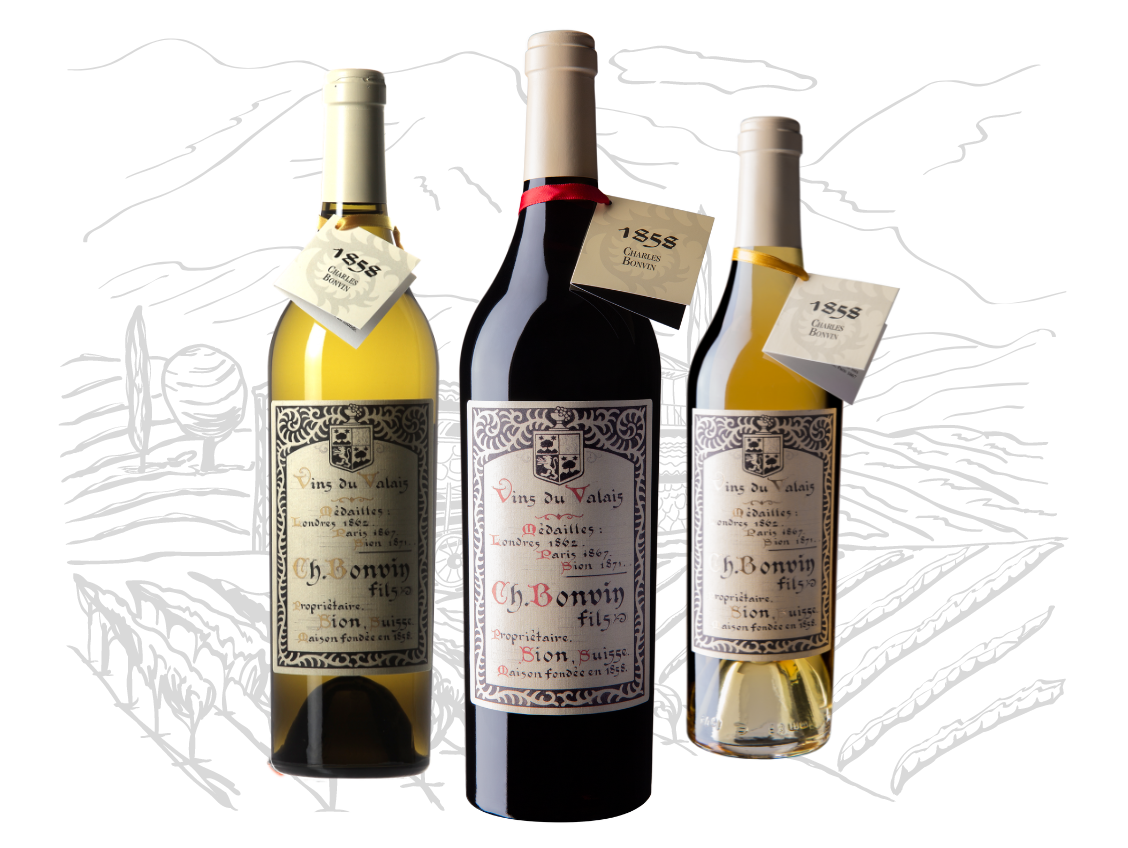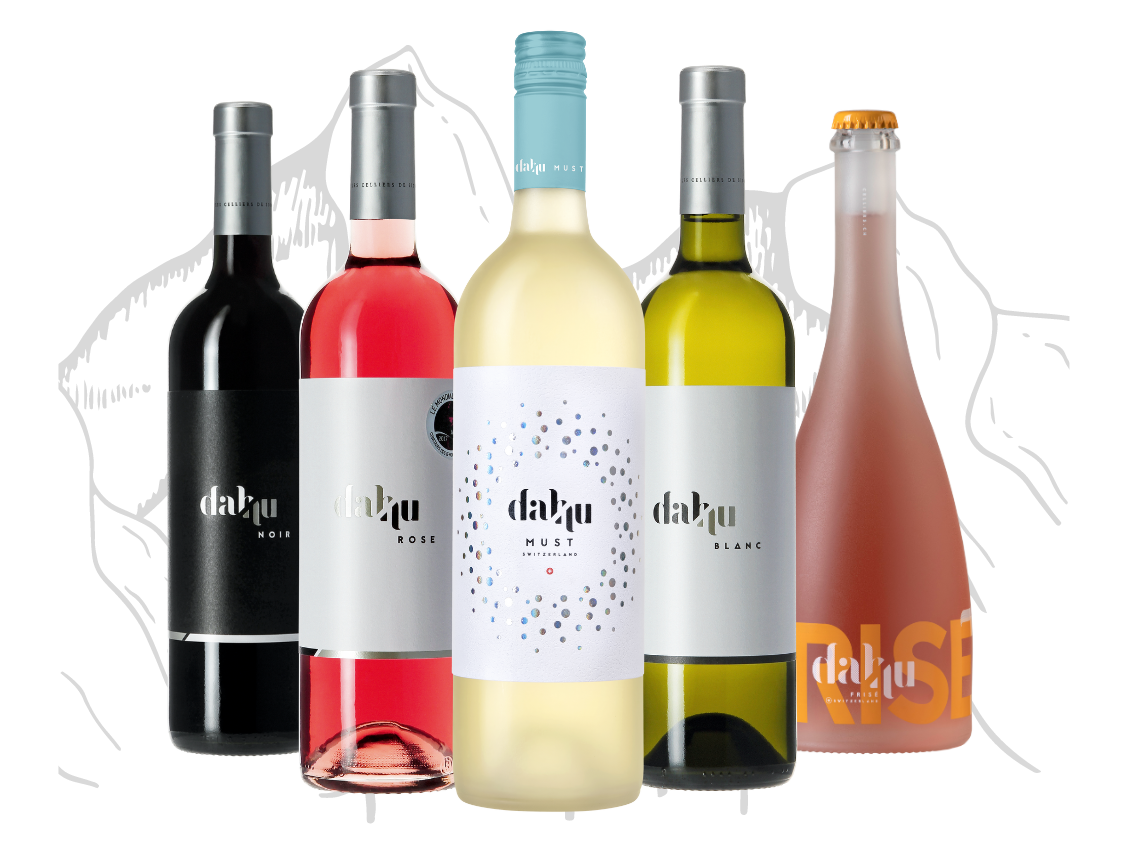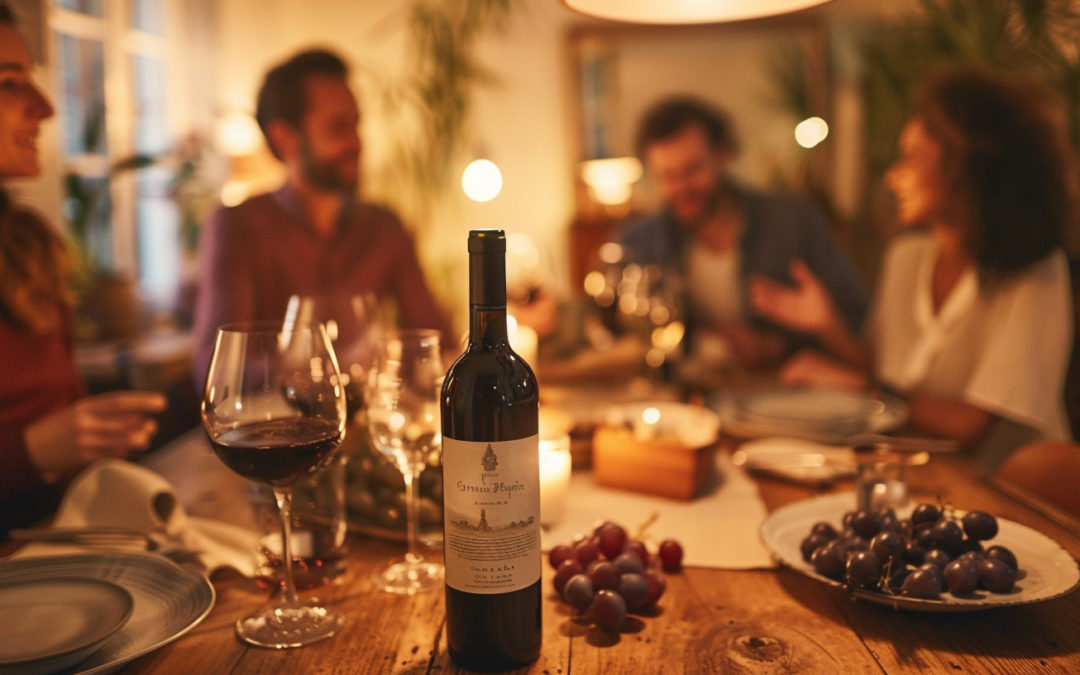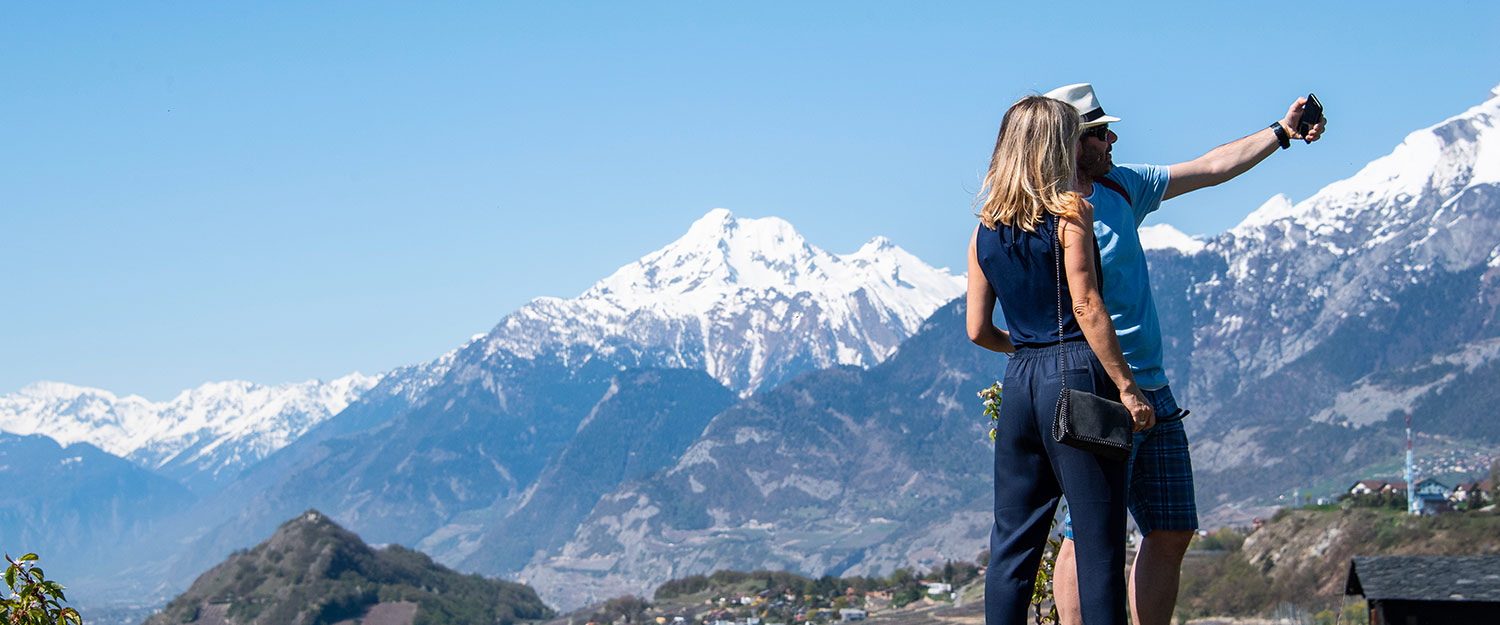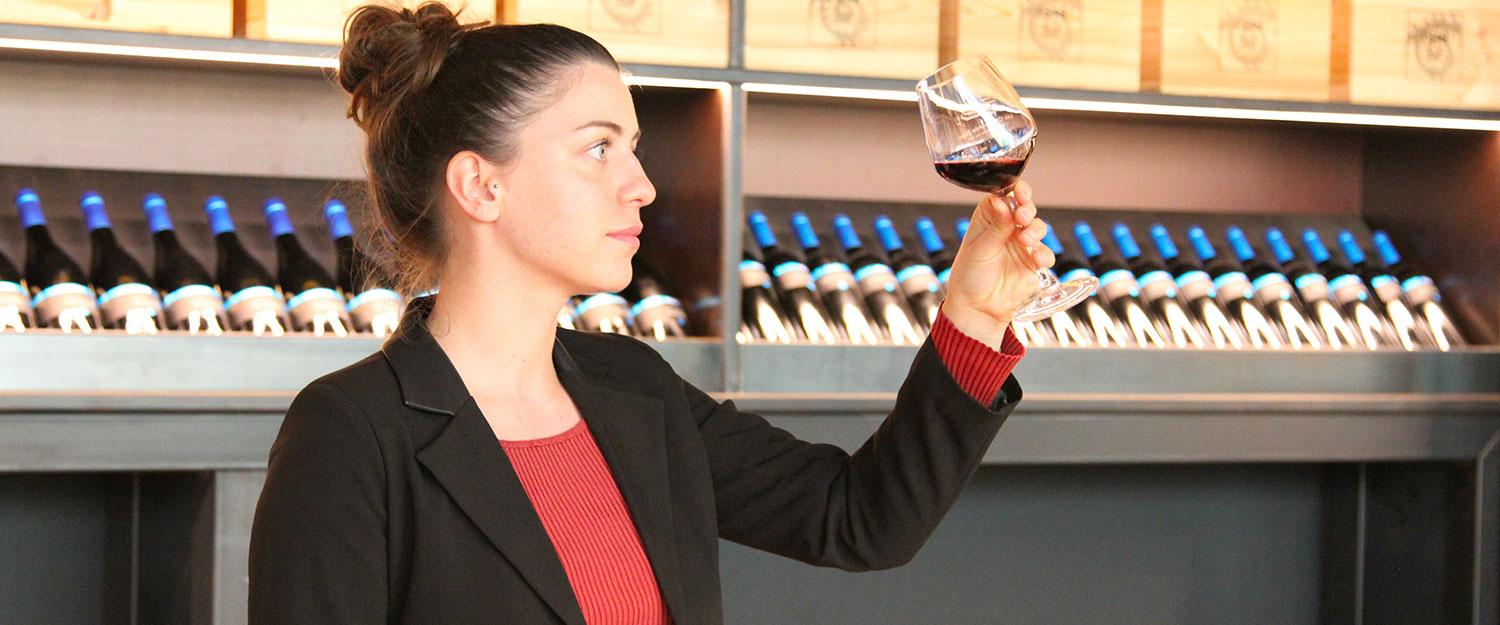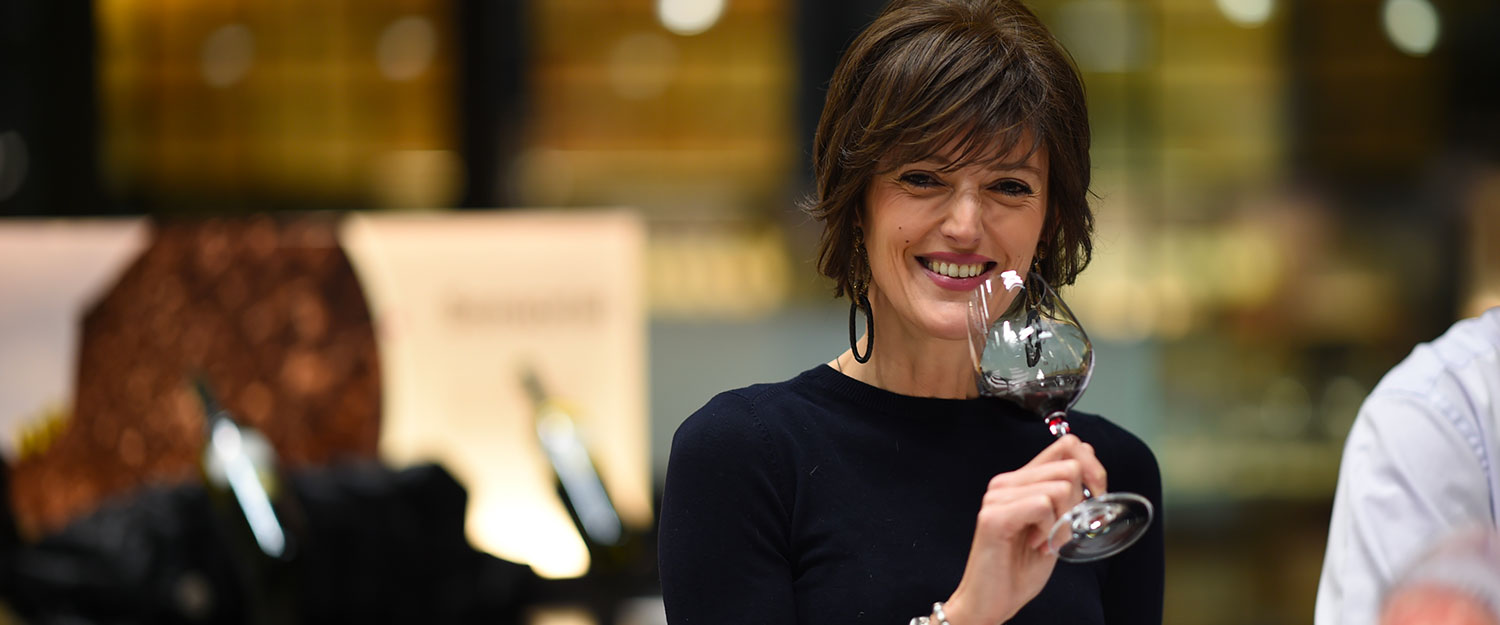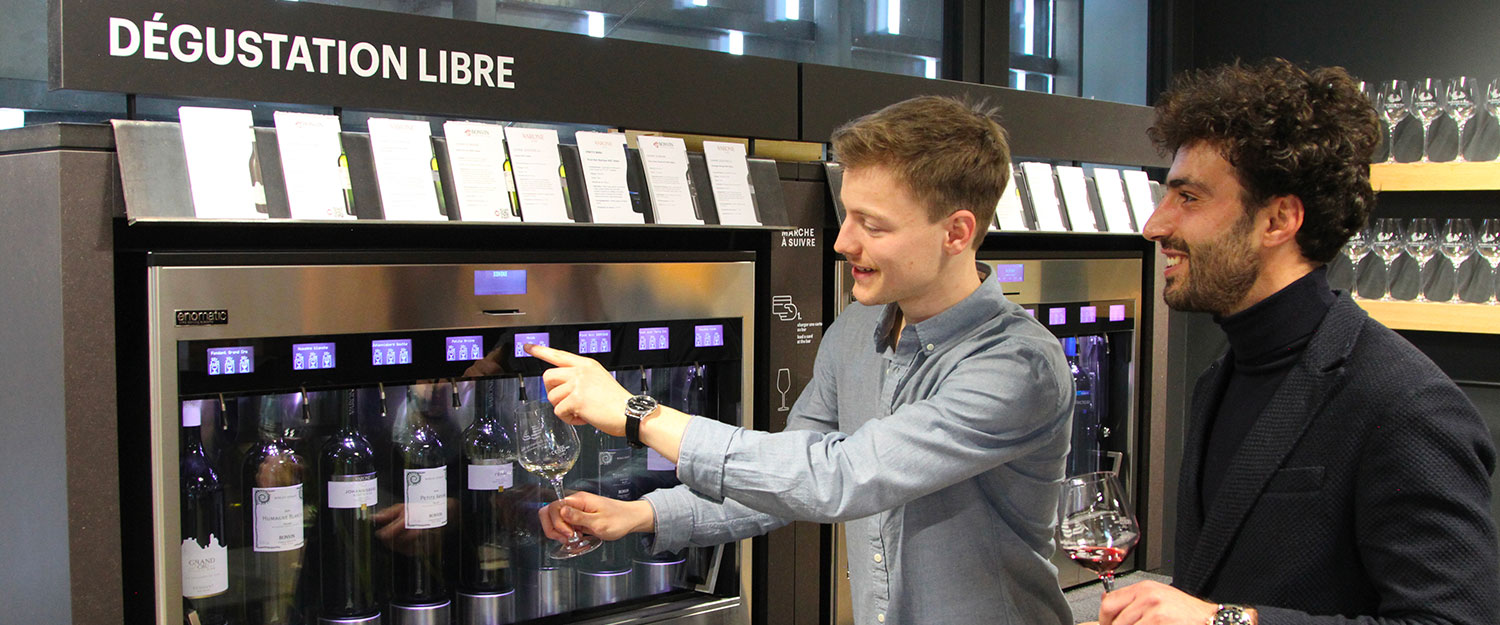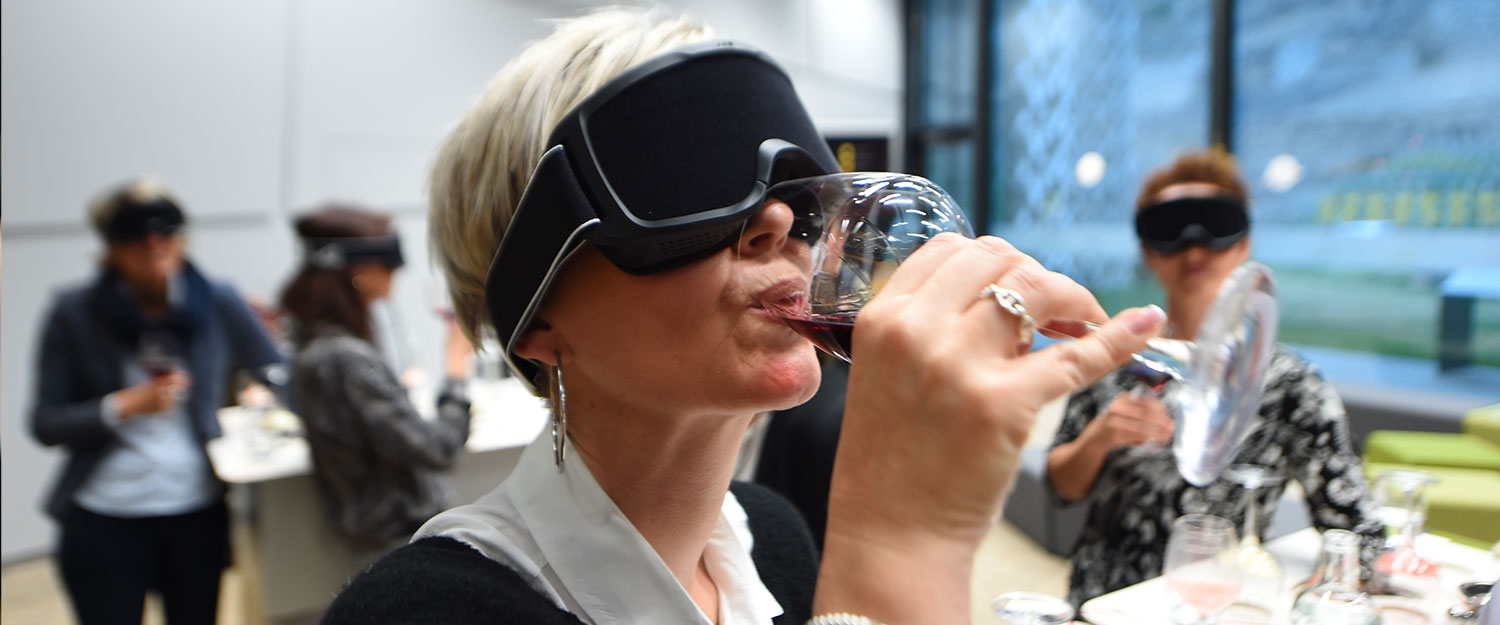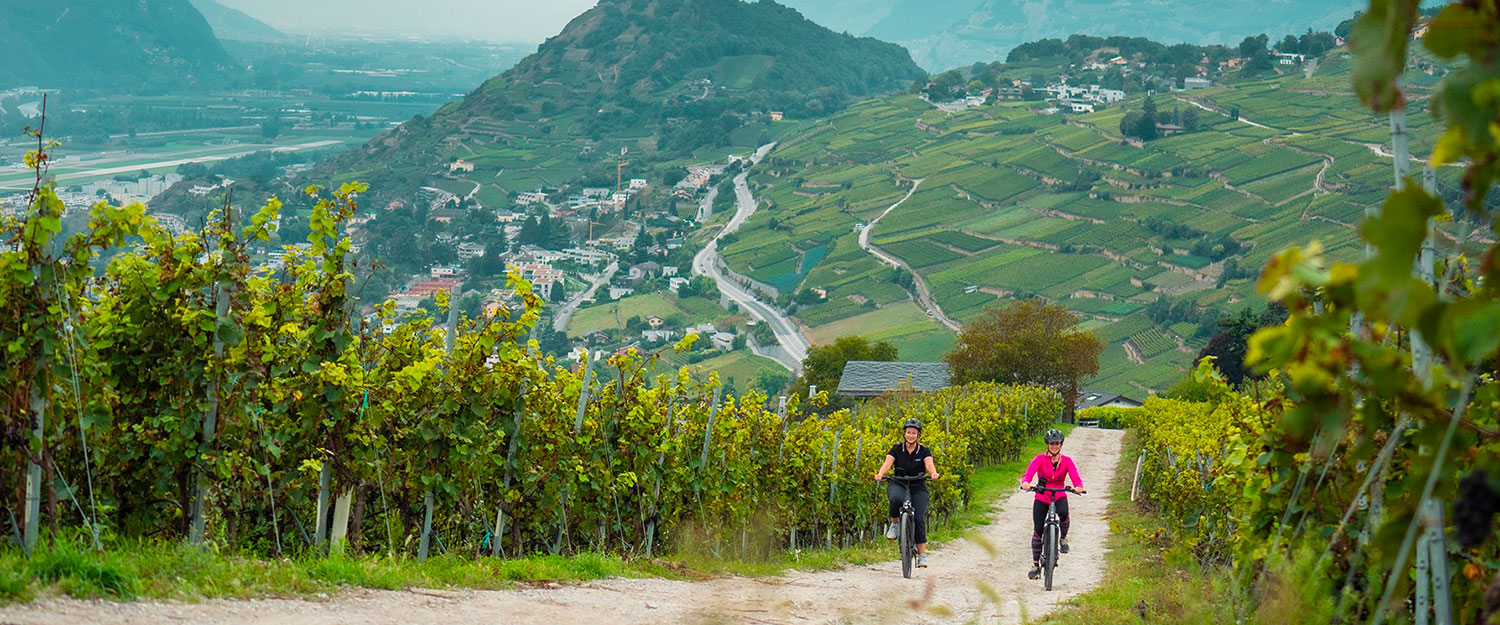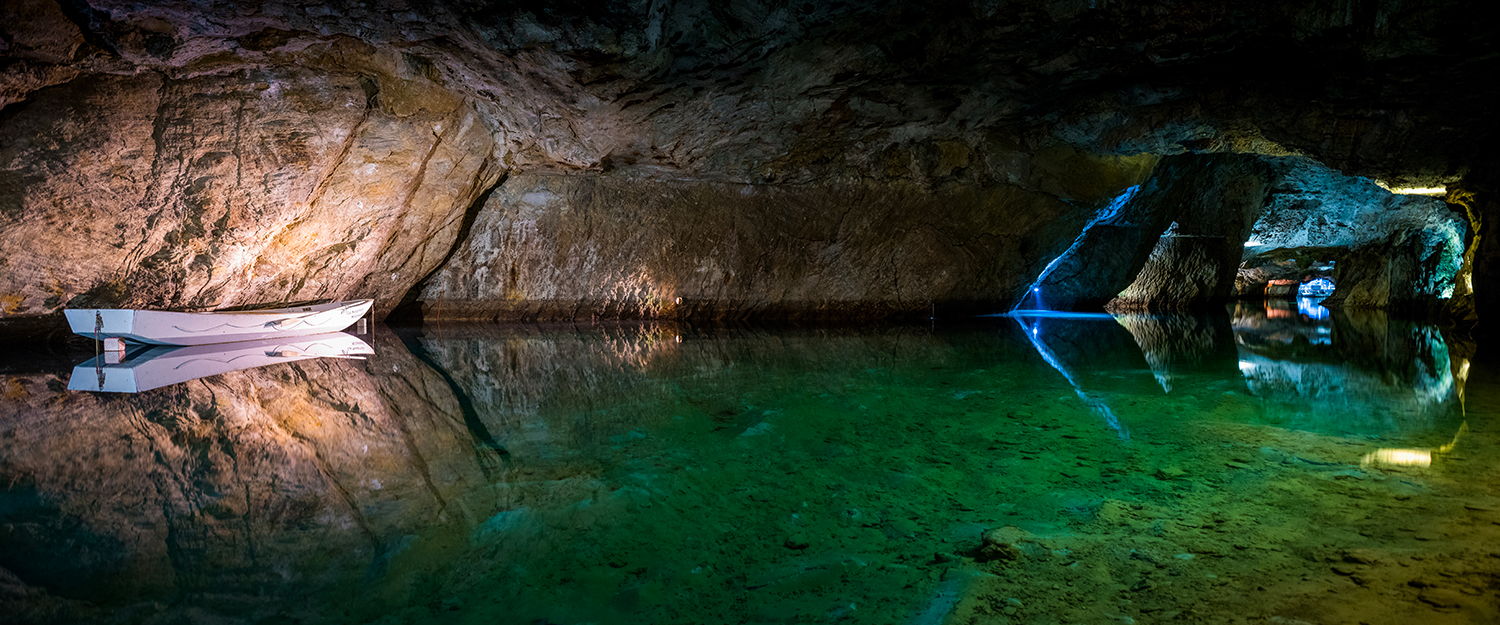People think rosé is simple, but it’s not. It’s neither a diluted red, nor a colored white. It’s one of the oldest wines in the world, since in ancient times a large proportion of wines were rosé.
If you want to understand how we go from black grapes to that salmon color that smells like summer, you’ve come to the right place.
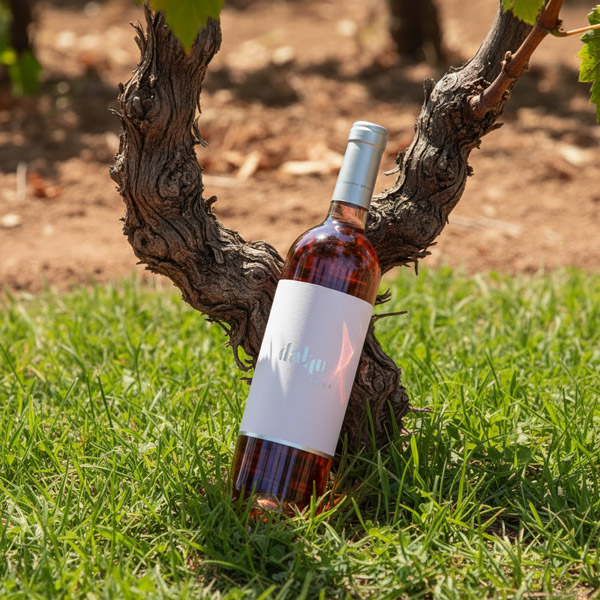
What is a rosé wine?
Rosé wine is neither a light red wine nor a tinted white wine. It’s a unique wine in its own right. Its color, aromas and structure depend on the way it’s made.
A style in its own right
Rosé has its own palette of tastes. It can be dry or sweet, fruity, floral or spicy, depending on grape variety and winemaking method.
Long discredited, rosé has been asserting its personality over the last 2 or 3 decades. Wine lovers are not mistaken, as demand for rosé continues to grow. More and more renowned sommeliers are giving them pride of place on their wine lists. And deservedly so, as the quality of rosés continues to improve.
What also makes it different is its use. It’s best drunk chilled, as an aperitif, on a terrace, with simple dishes. But some rosés are more powerful, and can accompany an entire meal.
Rosé is often recommended to accompany spicy dishes. It’s also a perfect accompaniment to Asian dishes.
Color… a question of time and grape variety
The color of rosé comes from the skins of black grapes. But unlike red wine, they only remain in contact with the juice for a few hours. This is called maceration. The shorter the maceration, the lighter the rosé. The longer the maceration, the deeper the color. But each grape variety has its own characteristics. Depending on whether it’s made from Pinot Noir, Syrah or another grape variety, it won’t have the same color.
The main rosé production methods
There are two main ways to make rosé:
1. Direct pressing
This method involves pressing the entire harvest after a few hours of maceration. All the extracted juice is vinified as a white wine. These rosés are generally fresher and fatter, as the grapes used were harvested early to preserve acidity and avoid excessively high sugar levels. This is the most widespread method.
Things to remember about this method :
- Grapes are harvested early to preserve freshness.
- They are pressed directly, as for a white wine.
- The juice ferments at low temperature.
2. Bleeding
This method is used to make full-bodied red wines. The must is left to macerate for a few hours with the skins, then the vat is “bled”. In other words, part of the juice is removed. This rosé is generally more structured and richer, as it is made from ripe grapes harvested with a view to making a full-bodied red wine.
Things to remember about this method :
- The red grapes are placed in vats, as for a red wine.
- After a few hours, the vat is bled, i.e. a portion of the must is removed.
- This juice is then vinified as a white wine, without the skins, to produce rosé.
- The rest of the juice ferments with the skins and seeds to produce a fuller-bodied red wine, since this method concentrates the tannins in a smaller volume of wine.
Some rosés may be the result of a blend of several grape varieties and/or rosé de pressurage et de saignée. This balances aromas, freshness and structure. For further reading, take a look at our detailed article on the most common grape varieties in Switzerland.
Fermented like whites
After pressing or bleeding, the must is vinified like a white wine, at low temperature, to preserve the fresh fruit aromas. As the juice is quickly separated from the seeds, rosés are low in tannins. This means they can be served chilled, like white wines.
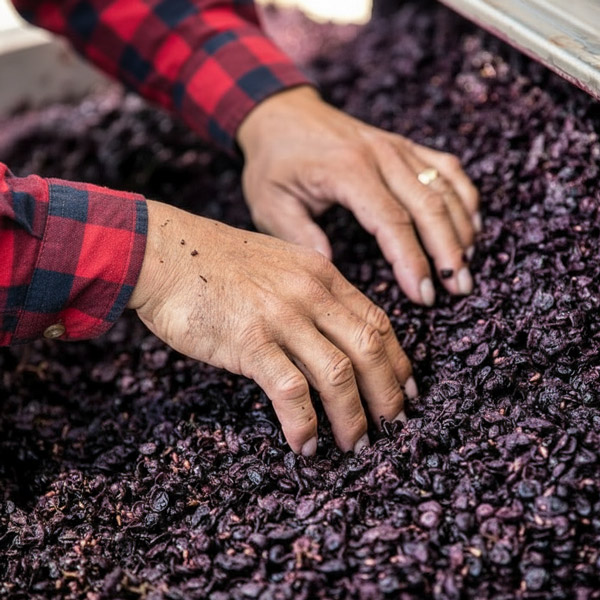
Tasting and storage recommendations
Ideal operating temperature
Rosé wine should be drunk chilled, but not iced. Too cold and it loses its aromas. Too hot and it becomes heavy. The recommended temperature is between 8°C and 12°C.
Wine lovers should avoid the poolside trend of a large glass of rosé served with lots of ice. The drink may be refreshing, but the wine loses all its soul. The dilution combined with the excessively low temperature robs the wine of all its character.
Which glass to use?
Use a classic white wine glass. It concentrates
When to enjoy a rosé?
Rosé is often associated with summer, but it can be drunk all year round. It goes well with grilled meats, mixed salads, Mediterranean dishes, spicy cuisine such as tapas or Thai cuisine.
A more powerful rosé is an excellent accompaniment to white meats or light sauces.
How to store a bottle of rosé?
Rosé is a wine to be drunk young. Most cuvées should be drunk within
How to distinguish Valais rosé?
In Valais, there are three different rosé wine appellations:
La Dôle blanche
Dôle Blanche is an AOC Valais rosé wine made from pure Pinot Noir or a blend of red grape varieties comprising at least 51% Pinot Noir and Gamay, with Pinot Noir dominating. This appellation is strictly Valaisan.
L’Œil de Perdrix
Œil de Perdrix is an AOC rosé wine from Valais made exclusively from Pinot Noir grapes. This appellation of Neuchâtel origin has not been protected. It can therefore be produced anywhere in Switzerland.
Rosé de Valais
Rosé de Valais is a rosé wine made from red grape varieties that meet the requirements of the Valais AOC.


